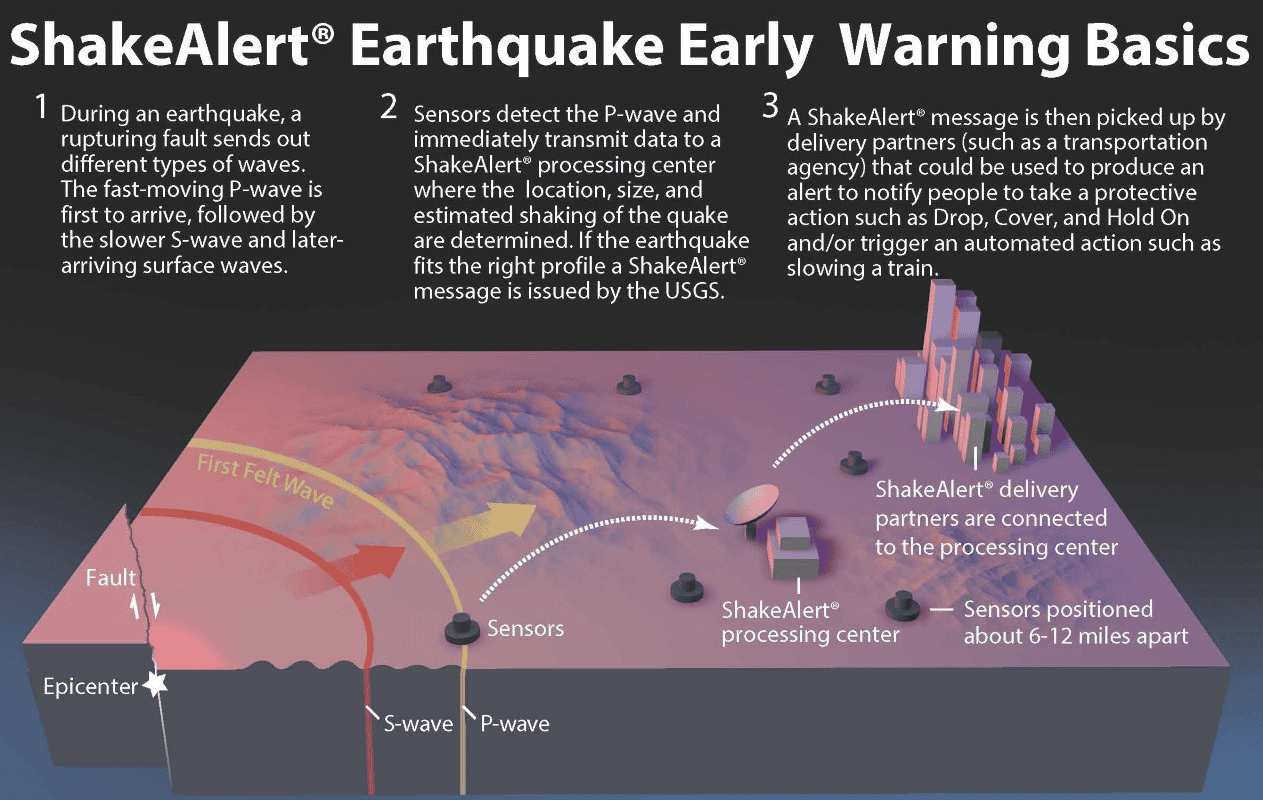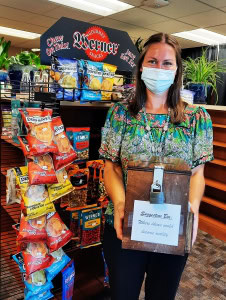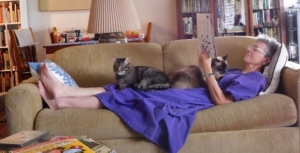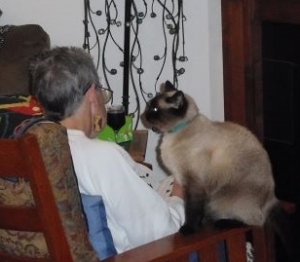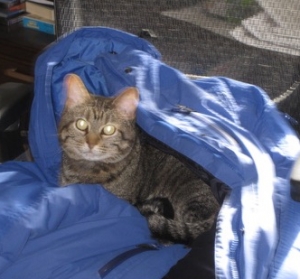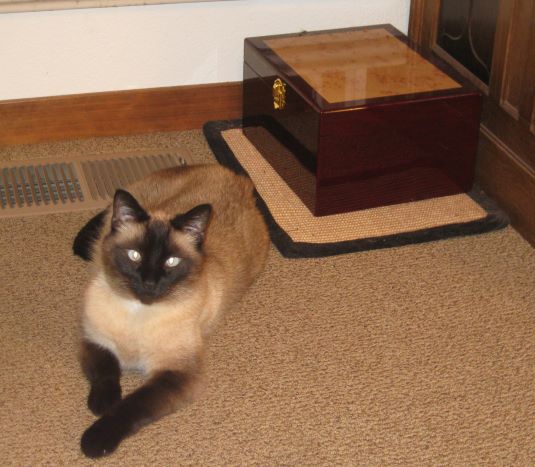A tribute from Daphne’s colleagues and friends at NIWA (New Zealand Institute of Water and Atmospheric Research) — photos included
Click here for pdf
———————————————————————————————————————————————————————————————————————
Daphne Gail Fautin, May 25, 1946 – March 12, 2021
Daphne Fautin died March 12, 2021. She was born on May 25, 1946 to June (Geller) Fautin and Reed Fautin. Daphne’s life was rich and varied in both experiences and accomplishments, including her career as an internationally-recognized marine biologist. She engaged with death as she had with life – on her own terms. Diagnosed as having an incurable form of leukemia, she made both the decisions about her treatment and the arrangements for taking advantage of Oregon’s Death with Dignity law. She died peacefully at home at the time of her choosing in the company of her husband, her siblings, and her end-of-life support team.
Daphne is survived by her husband, Bob Buddemeier; her sister, Donna (Fautin) Raforth; and her brother, Charlie Fautin. Her ashes will be committed to the Pacific Ocean in a private ceremony at a later date.
In lieu of flowers, donations may be made to charitable organizations supporting biological science or environmental protection, or to the following specific organizations:
Rogue Valley Manor Foundation (Medford, OR)
Havurah Shir Hadash Synagogue (Ashland, OR)
End of Life Choices-Oregon (Portland, OR)
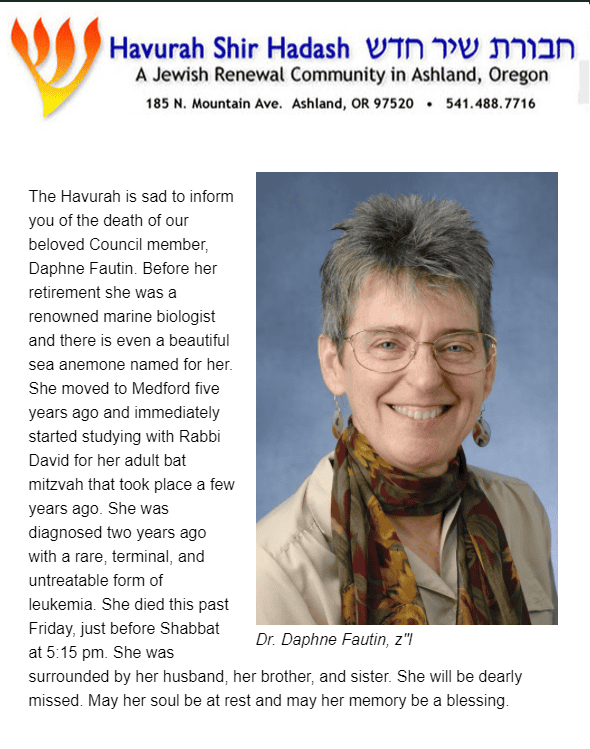
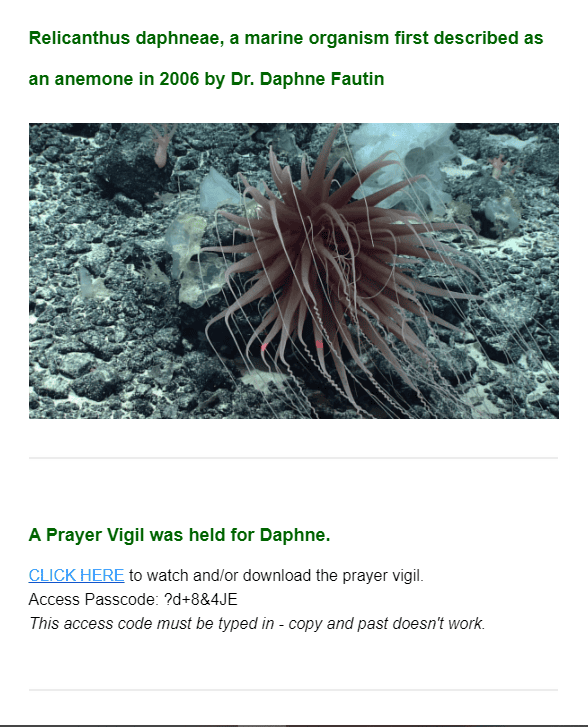
Daphne Gail Fautin
(by Donna Fautin Raforth)
My sister, Daphne, was born May 25, 1946. She grew up in Laramie, Wyoming, attending the University of Wyoming College of Education Training School (Prep) from age 4 through 16. An exception were the two years she lived with her family in Kabul, Afghanistan. Those years were a profound and life-changing time of travel and living in a distant country.
After high school Daphne attended Beloit College in Beloit, Wisconsin. She received her B.S. in Biology magna cum laude in 1966. For the next two years, she served in the Peace Corps in Malaysia. Upon her return to the U.S. she began graduate school at the University of California Berkeley and received her Ph.D. in zoology in 1972. Her doctoral dissertation on sea anemones propelled her toward her lifelong passion. She was widely regarded during her career as the world authority on sea anemones. Her scientific work was widely published and a large sea anemone-like cnidarian species was named in her honor, “Relicanthus daphneae”. She identified at least 19 new species of sea anemones during her career. Despite teaching at land-locked Kansas University in Lawrence, Kansas for much of her career, she said that working as a marine biologist from dry land was not an impediment. She stated, “You only need to be near an airport, not the ocean!” She traveled the globe studying and classifying sea anemones and related species. Her professional and personal travels took her to every continent on Earth.
As a child, Daphne was precocious in her ability to memorize scientific names of plants and animals. Her love of science began early and framed her life. She gifted her niece and nephew with books and toys related to marine biology, as well as her hand-knitted sweaters. She knitted most of her life and demonstrated enormous talent.
Daphne fulfilled a longstanding dream when she completed training and became a licensed pilot. In following years she acquired various endorsements and became part-owner of a Cessna 172. She took enormous pleasure from flying and completed a Powder Puff cross-country race.
Daphne loved animals, from a kestrel named Tinker, Picture the turtle, Sauk the dog, and a cast of many beloved cats from Pokey in Laramie, Tuffy in Kabul, to Frank and Kippur who survive her (and many others between).
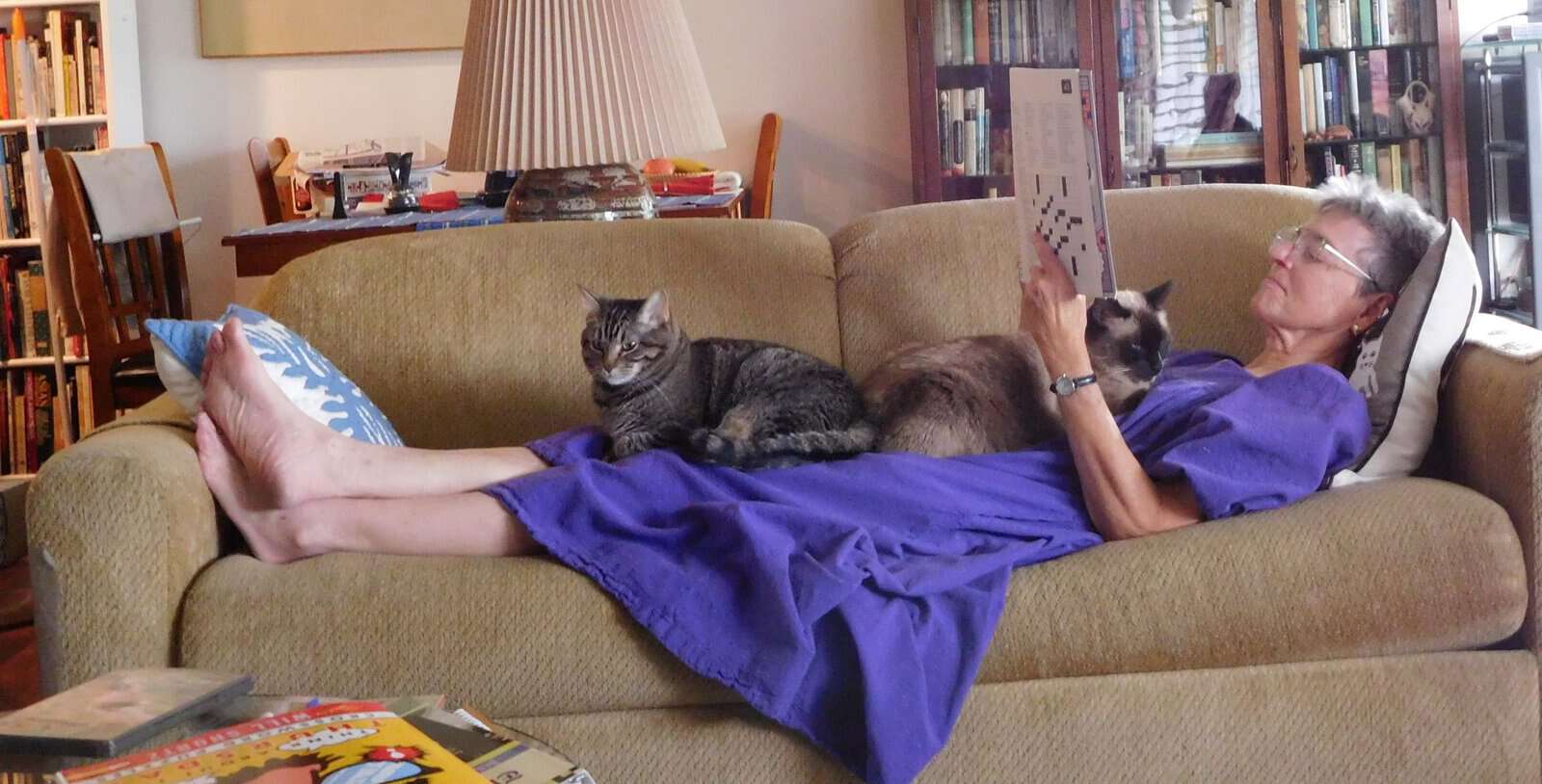
Daphne, Kippur, and Frank
Daphne was a talented cook, who favored creating meals from scratch, sometimes literally. She would squat on her kitchen floor grating coconut from the fruit, using a traditional Malaysian tool. How she relished fine food and wine. She was a fierce competitor during her years of long-distance running. She had a sharp eye for works of art and accumulated a stunning artistic collection. Daphne adored earrings and her collection approached 200 pairs, of all vintages, types and histories.
Daphne was a spirited, independent, fiery woman. Her intellectual brilliance was quickly evident to anyone who met her. She exhibited a sharp wit, which mirrored that of her mother and a sense of scientific curiosity identical to her father’s. As a sister, Daphne was loving and caring. Despite never living in the same community as her parents, sister and brother after the age of 16, she maintained close contact through mail and periodic visits and shared adventures.
Daphne was preceded in death by her grandparents, Fannie and Harry Geller of Chicago, Illinois, and Charles and Printha Fautin of Orem, Utah, by her parents, Reed and June Fautin of Laramie, Wyoming, by fifteen aunts and uncles, by her first husband, Fred Dunn of San Francisco, California, and by several cousins. She is survived by one aunt, Gene Geller of Las Vegas, Nevada, numerous cousins, one niece, Emily Wise (and her husband, Kevin Wise) of Bremerton, Washington, one nephew, Ethan Raforth (and his wife Kyla Raforth) of Newberg, Oregon, one great-nephew, Cole Raforth and one great-niece, Claire Raforth, both of Newberg, Oregon, her brother, Charlie Fautin (and his wife Susan Easton) of Corvallis, Oregon, her sister, Donna Raforth (and her husband Bob Raforth) of Yakima, Washington, and her husband, Robert W. Buddemeier, of Medford, Oregon.
Daphne’s compelling blue eyes and infectious laugh were unforgettable. Her recent death on Marchl 12, 2021, leaves a grievous absence in my life and in all who knew and loved her.
Her memory is a blessing.
Message to the CNIDARIA mail list; also posted on the CORAL REEF list
It is with great sadness we advise the cnidarian world of the passing of Professor Daphne Fautin over the weekend after a long-term illness.
Her legacy is to leave a monumental research contribution to cnidarian studies over the years. Her research on the reproduction, general biology and taxonomy of sea anemones, in particular, is second to none. Her research was not limited only to the Actiniaria but included many of the other cnidarian orders. Herself being trained by Cadet Hand, she in turn mentored some of the finest taxonomists we currently have. She travelled the world to numerous museums searching for type specimens and documenting their location and identifying specimens, you will see her name in many specimen jars. She produced over of 150 publications, including books, and saw the creation of the pivotal database Hexacorallians of the World.
She served on the ICZN committee, the International Steering Committee of the Ocean Biogeographic Information System, the US National Committee for the International Union of Biological Sciences and chaired the US National Committee for the Census of Marine Life along with serving on numerous granting body committees. She was the long-standing curator at Kansas University Natural History Museum and served as editor on many publications.
Personally, she will be remembered for her inquisitiveness, earrings, her ready smile, love of flying planes and unbelievable ability to be able to work from the time she got up to when she went to bed. She would spend hours responding to emails from around the world, none of which were safe from her editing skills.
She is survived by her husband Bob Buddemeier, with whom I am sure we all share our condolences. Her passing has left a very large hole in the sea anemone taxonomist community.
Vale Daphne and thank you, words are not enough to describe the impact you had on science and people with whom you worked.
Michela Mitchell, Meg Daly and Andrea Crowther

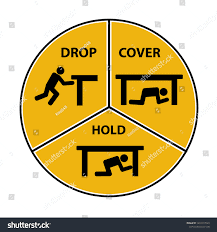 THIRTY SECONDS
THIRTY SECONDS